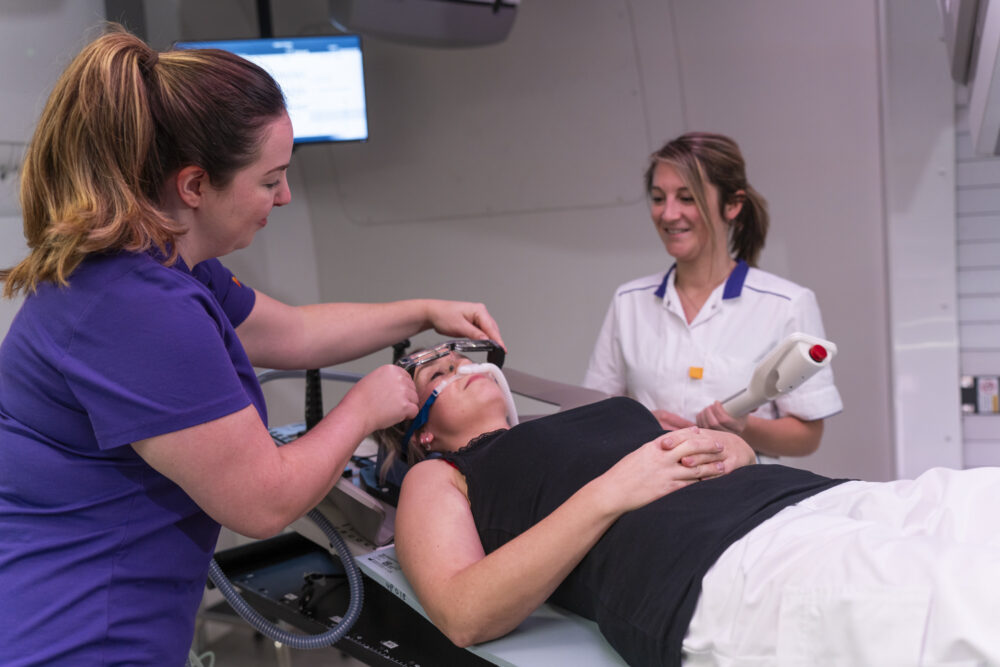Latest radiation development: breath-hold technique combined with proton radiotherapy
For patients with cancer in the lymph nodes or lymphatic system
For patients with lymph node cancer, radiation clinic Maastro is introducing an innovative radiation treatment that greatly reduces the risk of damage to the surrounding, healthy tissue - and therefore unwanted side effects in the long term. Recently, the first patients in Maastricht were treated with this advanced treatment regimen. Maastro is leading the way in the Netherlands - and even worldwide - in applying this innovative treatment.
What is lymphoma cancer?
Lymphoma or lymphoma cancer (also known as (non-)Hodgkin's cancer) originates in the lymph nodes or lymphatic tissue. Lymph nodes are the repository for lymphocytes, immune cells that ensure that an infection involving a bacterium or virus does not spread to the rest of your body.
Combining proton radiation and breath-hold
Maastro's team of doctors, clinical physicists and radiotherapy lab technicians have been working intensively on this innovative combination treatment for the past two years. In fact, it is the combination of two successful and advanced treatment techniques: radiation with protons and the so-called ‘breath-hold’ technique. With protons, tumours can be irradiated in a much more targeted way. The protons do their work directly in the tumour. Healthy tissue around the tumour is thus spared, significantly reducing the risk of possible side-effects.
The ‘breath-hold technique’ involves the patient holding their breath during radiotherapy. This can sometimes be up to more than one minute. As support, the patient wears Virtual Reality glasses, which provide second-by-second feedback on breathing. At the same time, sophisticated cameras continuously scan the chest. If breathing in or out anyway, the radiotherapy stops immediately. Why is this relevant? By preventing as much (breathing) movement as possible during irradiation, irradiation can be even more precise.
Succesful treatment
Radiotherapist-oncologist Bastiaan Ta says he is very satisfied with the first successful treatments: ‘Some of the lymphoma patients were already treated with proton therapy, which reduces the radiation dose in the heart, lungs and breasts. The combination with the ‘breath-hold’ technique means even less harmful dose in the heart, lungs and breasts. Compared to regular proton therapy, it only takes an extra ten minutes per irradiation. We see this unique treatment technique as a very big step forward in the treatment of lymphoma cancer.’

Breath-hold technique with VR glasses